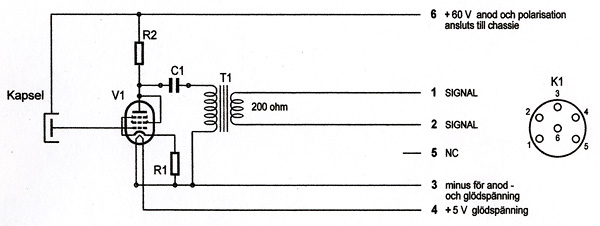radardoug
Well-known member
You have no grid resistor, wont work at all!
radardoug said:You have no grid resistor, wont work at all!
radardoug said:Relying on undefined leakage resistance for the grid resistor is not likely to be satisfactory. In addition, it is the operation of a tube way out of its comfort zone with high value grid resistors that causes more noise in the circuit. So relying on a resistor that isn't even a resistor will end in tears.

radardoug said:I think you will still find your schematic will not work. You are trying to build a cathode follower type output. In this, the cathode will sit at about half the B+. Even if you did generate grid bias, it would be a volt at max, and so you wont have the cathode at half of B+. Why dont you build it and see?